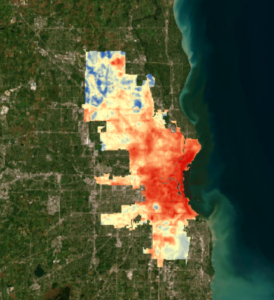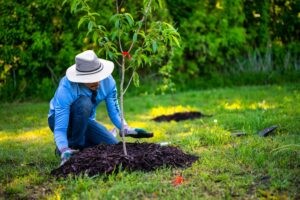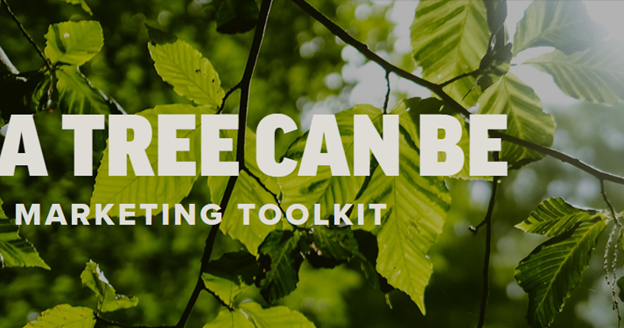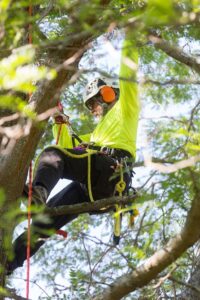The DNR Division of Forestry is committed to informing and involving our stakeholders in the development and review of materials that guide our programs. The following document with revisions is available for review and comment through 3/10/2023:
Forest Tax Law Handbook Chapter 221, Forest Tax Law Handbook Chapter 221, Managed Forest Law Certified Group, containing procedures required to conform with third party forest certification. Serving to inform group participants and other interested parties of how the MFL certified group works, the chapter describes how Tax Law administration accomplishes the roles and responsibilities of certified group management, including entry and deactivation of group members, records maintenance, monitoring, and reporting. Revisions to the chapter incorporate updates to Tax Law procedures and program guidance and contribute to implementing forest certification within the MFL Certified Group. Recent updates to third-party forest certification group standards are also reflected in the revisions to this chapter. To review and provide feedback on a document, go to the DNR Forestry Public Comment Page. Email your comments to the staff member listed in the “Contact Person” column. Clicking on their name will take you to the staff directory, where you’ll find their contact information.
The Forest Tax Law Handbook serves to digest the law relating to the forest tax programs and provide guidance for the administration and implementation of the Tax Law programs. The Handbook embodies statute and rule and provides greater procedural detail to ensure consistency in their application. As such, the chapters provided for your review have been updated to reflect changing regulations and operational efficiencies, as summarized above and detailed on the Stakeholder Input Page.
The MFL Certified Group is a voluntary opportunity offered to small account MFL landowners to participate in forest certification. The DNR Division of Forestry facilitates participation in the Certified Group to support our vital Wisconsin forest industries by building a credible supply of certified raw materials while further optimizing the added social and ecological benefits certified forests provide. Generally speaking forest certification requirements will exceed landowner obligations under MFL, but it can also provide access to timber markets for certified wood, and certified MFL landowners typically take great pride knowing that their stewardship of the forest holds up to rigorous third-party sustainability standards. More information can be found on the MFL Certified Group page.
Documents available for stakeholder input:
Document Title: Forest Tax Law Handbook HB2450.5
Contact Person: Skya Rose Murphy
Due Date: 3/10/2023
For detailed description of document updates see: https://dnr.wisconsin.gov/topic/forestplanning/publiccomment





